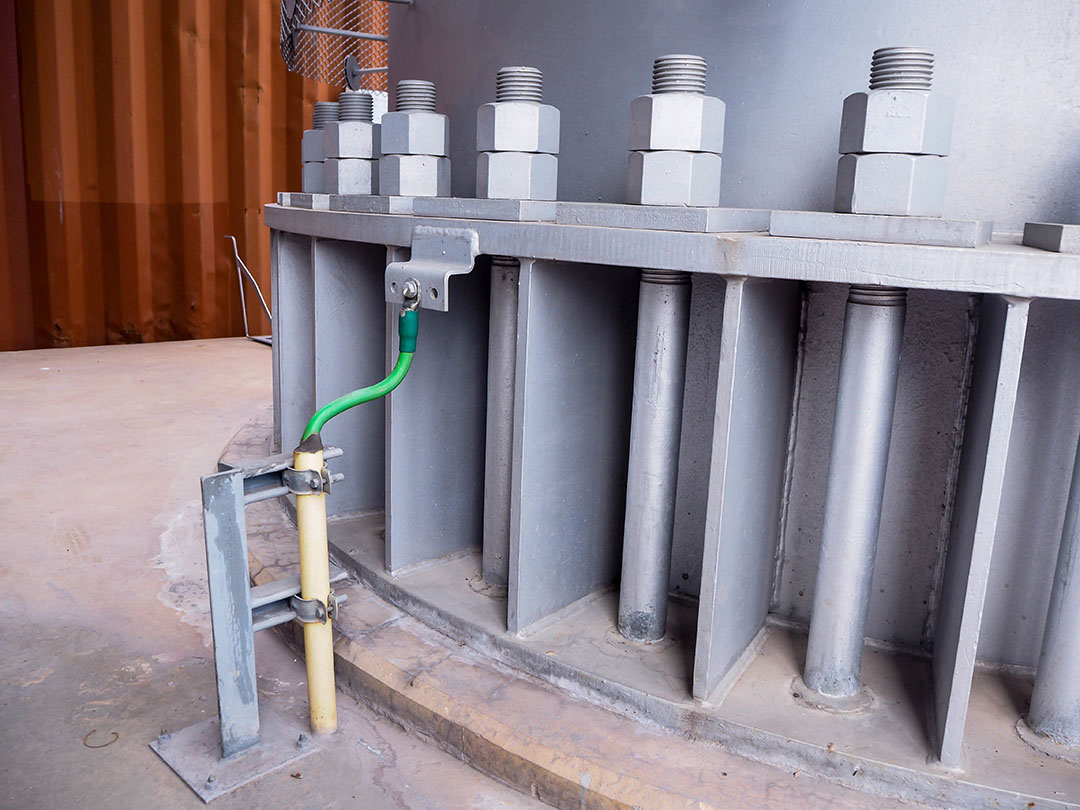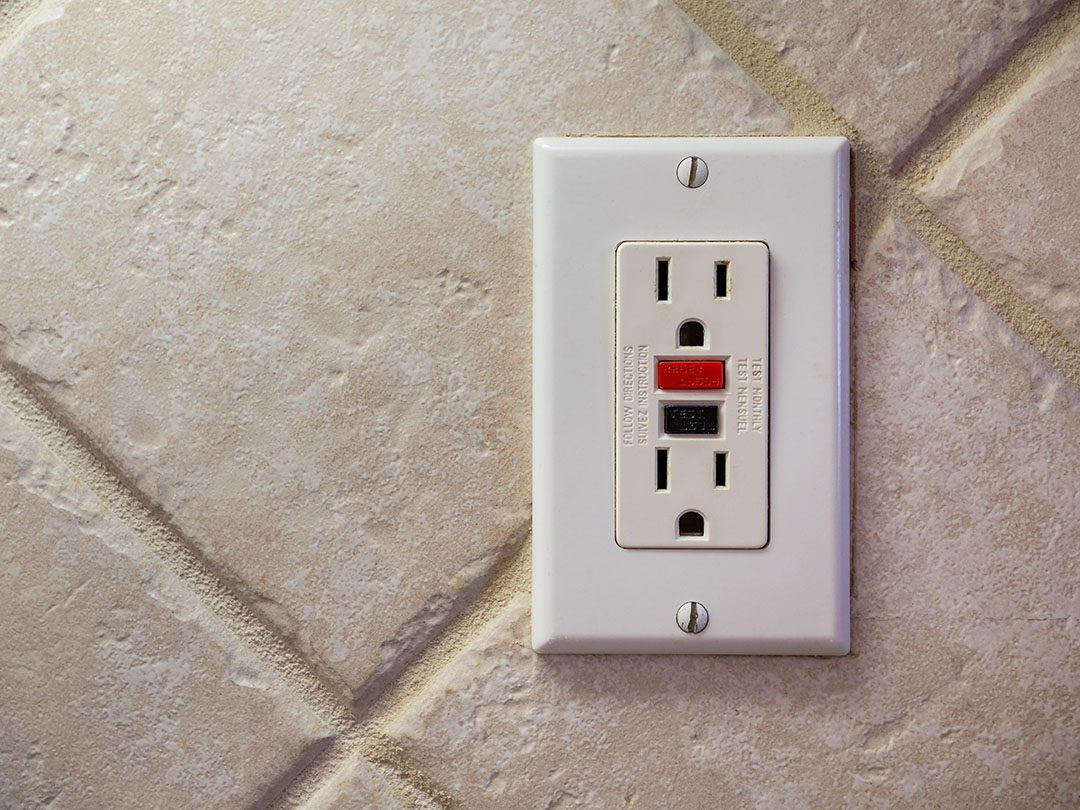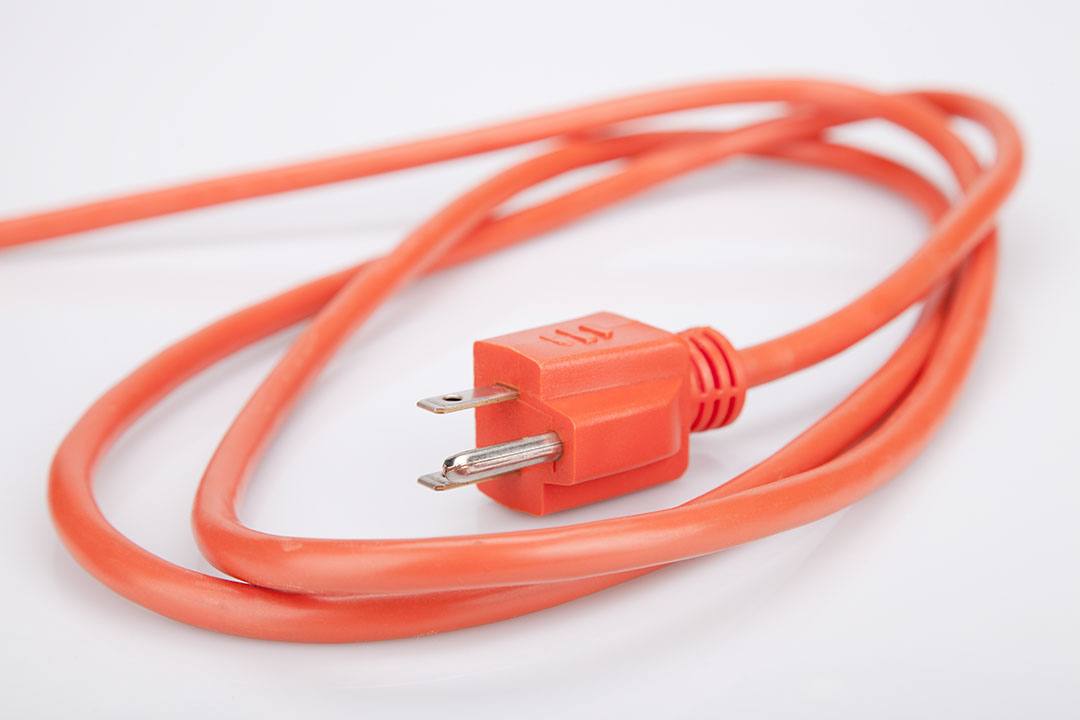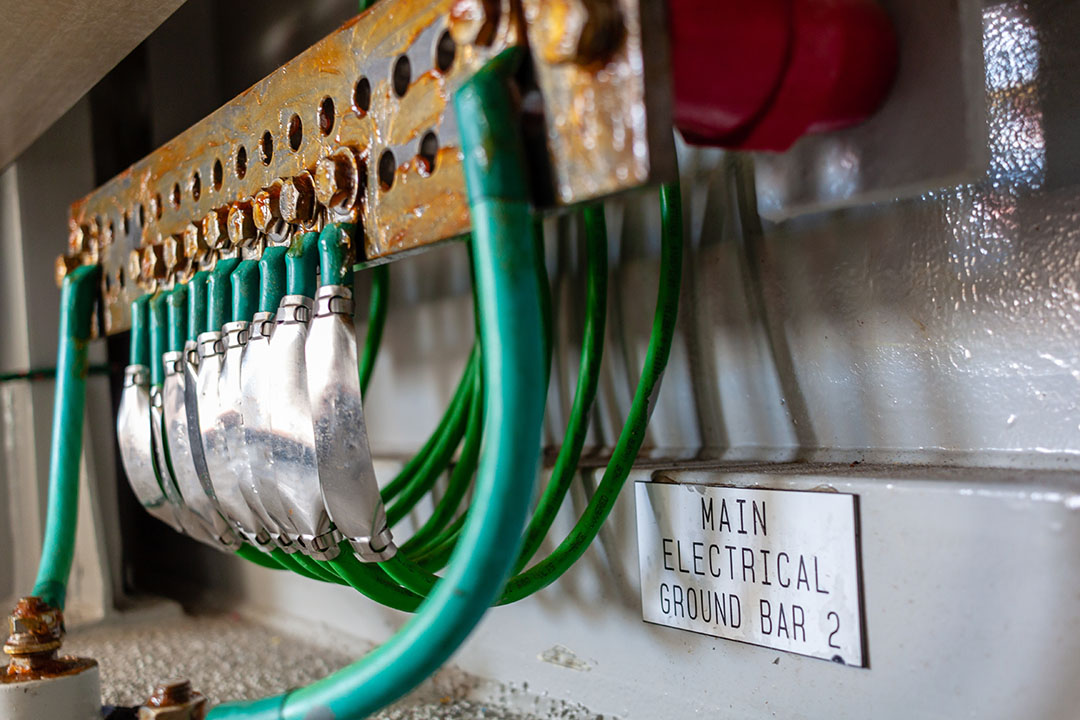When electricity is properly controlled, it powers just about everything, from lights and appliances to power tools and computers. However, uncontrolled electricity can injure or even kill workers. The Electrical Safety Foundation International reports there were 2,210 electrical injuries and 136 deaths in U.S. workplaces in 2017. One common and effective way to control electricity is through grounding. Grounding is a physical connection to the earth that draws electric charge safely to the ground. Most electric devices and outlets today already have grounding installed to help prevent injuries, but personnel need to be aware of possible electrical hazards in their work area and how to use grounding to protect themselves.
Electricity Basics

Understanding electricity begins with understanding the fundamental building block of matter: the atom. The center of an atom is called the nucleus and is made up of protons and neutrons. Electrons “orbit” around the nucleus. When an electron is freed from an atom, it is immediately attracted to another atom. When this happens over and over, an electrical current is formed.
We use electricity to power equipment by making the electrical current travel in a circle, called a circuit. Electrical equipment generally uses wiring made of materials that easily permit the movement of free electrons, also known as conductors. Some conductors include metals such as copper, silver or aluminum.
Materials that have few, if any, free electrons and do not transfer electrical energy easily are called insulators. Examples include rubber, wood, plastic and glass.
How Grounding Works

Electric current follows conductors along the path of least resistance, ideally from the source of electricity to the intended parts inside the equipment it powers. However, if the circuit inside a piece of equipment breaks, a ground fault can occur, electrifying an unintended part of the equipment. For example, if a wire inside a drill comes loose and contacts the inside of the casing, the current can then be transferred to a person who picks up and activates the drill, shocking or even electrocuting them.
Ground wires draw charge away from the equipment user if a ground fault occurs. In this example, if the drill’s casing becomes energized, the current will be diverted through the ground wire to the ground prong in the electrical outlet. The ground wire then trips the circuit breaker, cutting power to the drill.
Grounding Prongs
You may already be aware of two common electrical protective devices: grounding prongs and ground-fault circuit interrupters, or GFCIs. Grounding prongs are the third prong found on many modern electrical plugs, providing a path to ground if a circuit fails by drawing current through the outlet via the grounding wire.
Most tools and appliances today have a grounding prong in their plugs, and most power outlets and extension cords today are designed to support the grounding prong. The grounding prong should never be removed from any plug that’s designed to have one and plugs with grounding prongs should never be plugged into outlets that don’t have a receiver for them.
Ground-Fault Circuit Interrupters

While grounding prongs help protect both people and equipment, GFCIs are installed specifically to protect people using the equipment. A GFCI shuts off any electrical circuit it is part of if it detects a current leak. A current leak can shock or electrocute someone even without excess current. During construction activities, GFCIs must be used for any cord-based tools that don’t plug into a grounded and permanent outlet. Outlets in bathrooms, kitchens and on rooftops are also required to have GFCIs. While GFCIs can prevent electrocution, they may not prevent a shock before shutting off the circuit, so personnel must still check their tools and cords before use.
TRY SAFETYSKILLS FREE FOR 14 DAYS
Grounding Requirements
Any electrical equipment in your workplace must be compatible with the available power outlets. If your workplace has standard grounded wiring with three-pronged outlets, all electrically powered equipment and tools must have grounding prongs or must be designed so workers can’t be exposed to electrical current. Some work areas, such as construction sites, may not have grounding installed yet. If grounding has not been installed or is not available, GFCIs, including extension cords equipped with GFCIs, must be made available for your equipment.
Wiring and Extension Cords

Flexible extension cords are often necessary when using handheld power tools, particularly when outlets aren’t available in the immediate area. When choosing an extension cord, personnel should pick the shortest cord possible to safely complete their job duties. Only extension cords with grounding prongs should be available in your workplace and should only be used in appropriate outlets.
Workers need to know the current that their equipment and the extension cord is rated to handle. The circuit breaker may be adequate for the tool being used, but if the tool pulls too much current through the cord, it could overheat or even melt the cord, putting personnel at risk. Any broken or frayed wires and any tools with broken or frayed cords must be removed from service and replaced before they can be reused.
Generators
If your company performs work outdoors, your employees may need to use an electric generator to power tools and equipment. Some portable and vehicle-mounted generators have built-in grounding, while others need to be grounded by connecting to a metal rod driven into the ground.
Always check the manufacturer’s instructions when setting up any generator or installing grounding for that generator. Generators are as hazardous as any other power source, so employees need to take precautions to protect themselves. All plugs and extension cords used on generators must be grounded and undamaged. If any plugs, wires or equipment appear frayed or damaged, they need to be removed from service and replaced.
Conclusion
While electricity is one of the greatest discoveries of our time, working with electrically powered equipment brings comes with inherent risks. SafetySkills offers an interactive Grounding course to introduce workers to the importance of grounding and when grounding needs to occur.


